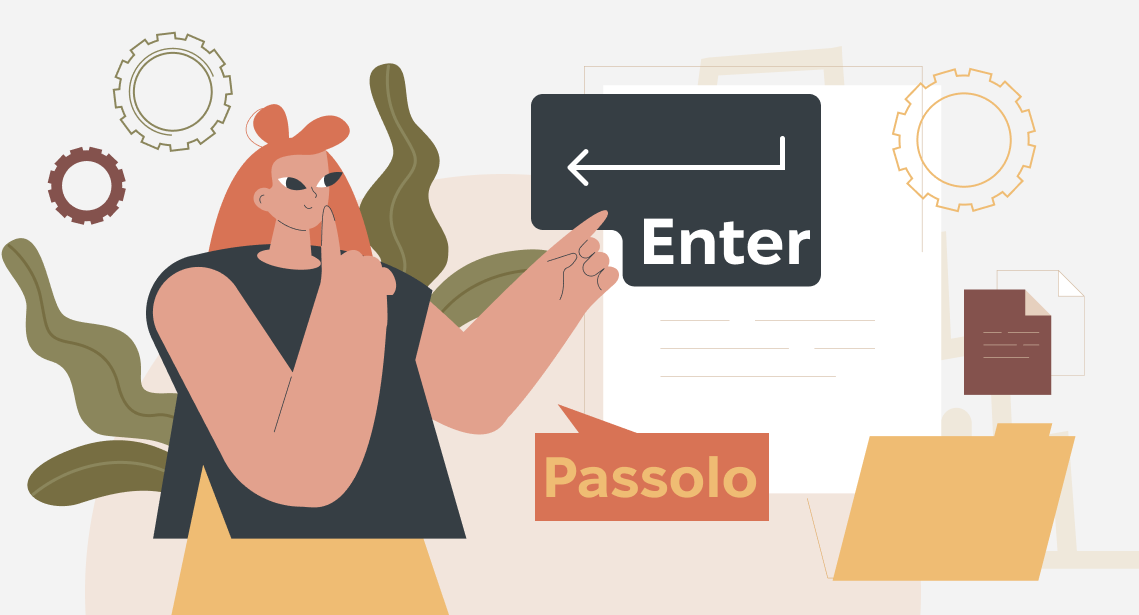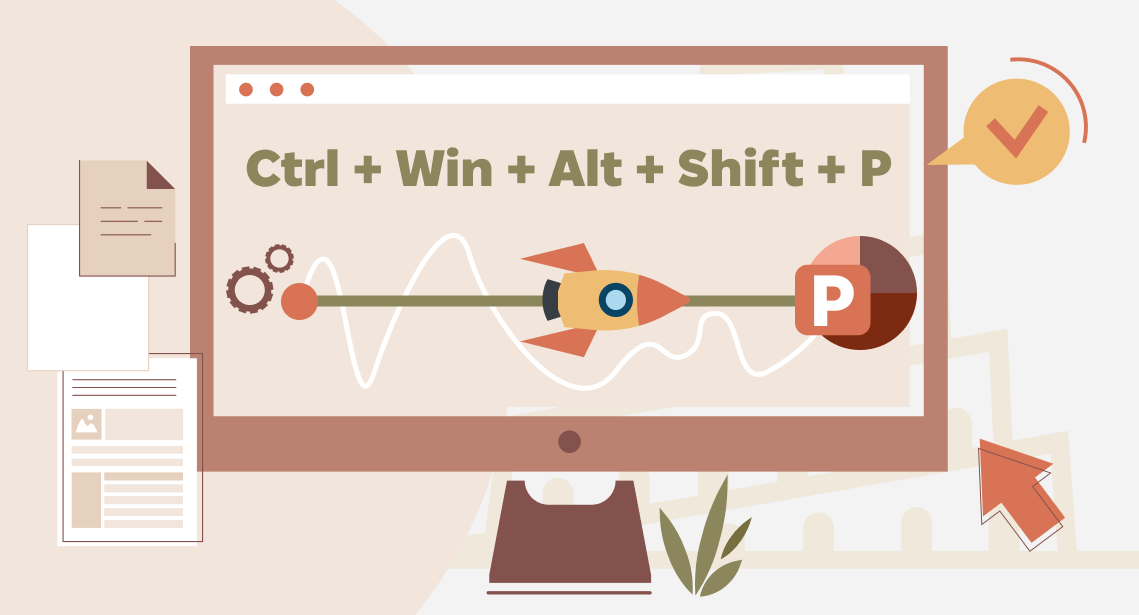How to Watch Lots of Webinars and Stay Sane

Chaotic notes from someone who watches lots of webinars
* * *
Increasing playback speed is a life-saving action. YouTube provides two magical key combinations: SHIFT + → (speed up by 25%) і SHIFT + ← (slow down by 25%). You can speed up a video a maximum of 2 times and slow it down up to 4 times. You tend to use these shortcuts so frequently that you start noticing several phenomena:
- While talking with some unhurried person, you press the speed-up button in your mind and get annoyed because it doesn’t work. When will British scientists invent a way to speed up offline people?
- You don’t recognize the “normal” voices of those whose videos you usually speed up.
- You begin to respect people who articulate their thoughts into words clearly and concisely. It is quite a rarity.
- But all this works only when you are watching a recording of a webinar. If you are watching a webinar live, brace yourself.
* * *
5-minute long microphone setting is extremely irritating: “Do you hear me? Do you hear me now? And now? Oh, and now I don’t hear you.” If you are editing videos for YouTube, please have mercy on your listeners and cut off this idle talk.
* * *
When a speaker talks slowly, you can deal with it by speeding them up, but there is nothing you can do when a speaker runs on about a matter that could be easily described in two sentences. Only fast-forwarding by pressing the right arrow can save you in this case: one pressing brings you 5 seconds forward.
* * *
Openings are enemies. A one-minute opening is sure to annoy your listeners, no matter how beautiful it is.
* * *
Super useful YouTube keyboard shortcuts: numbers 0–9. They enable moving quickly through the video: 0 brings you back to the very beginning, 1 brings you to the 10%, 2 brings you to the 20%, and so on.
* * *
Those who split videos into logical parts are true heroes of our time. To move between the parts, press CTRL + left-right arrows.
* * *
Two more useful keyboard shortcuts:
- F—switch to full-screen mode and back
- C—turning subtitles on and off
* * *
What you should know about subtitles is that in 99% of YouTube videos they are automatically generated: with all the corresponding consequences, and if you watch translated videos, get ready for both recognition and machine translation errors. A responsible video author carefully checks and edits the subtitles, corrects errors, and deletes sighs and erms.




